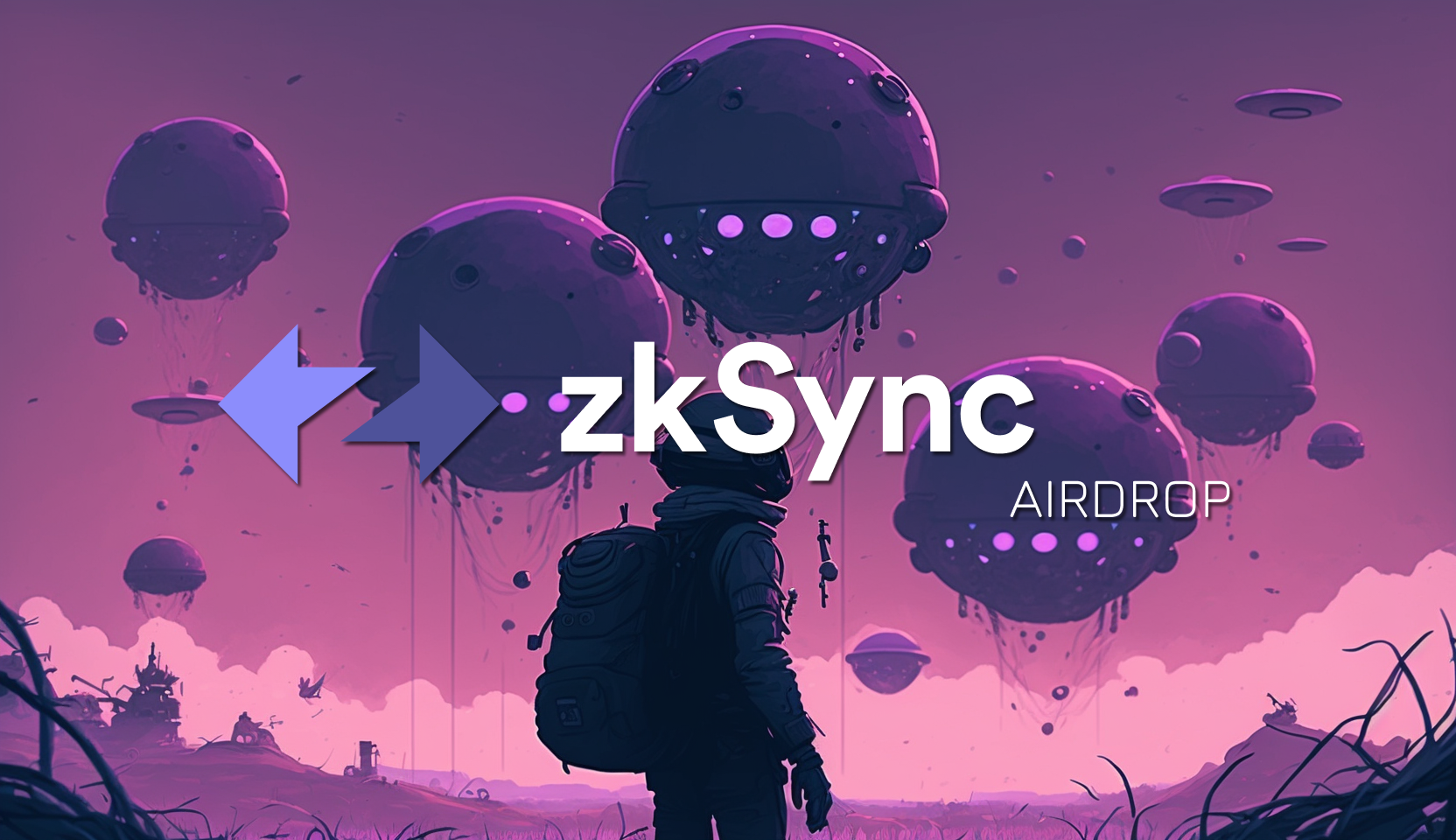In a groundbreaking move, ZKsync, the EVM-compatible rollup, has rolled out its decentralized governance model, marking a major milestone for the protocol’s evolution. The new governance system, now live on the mainnet, promises to enhance transparency and decision-making through a robust, on-chain framework.
A Triumvirate Of Governance
ZKsync’s governance structure is built around a triadic model comprising the Token Assembly, Security Council, and Guardians. Each group plays a crucial role in maintaining checks and balances within the protocol.
The Token Assembly is at the heart of this new system, composed of token holders and their delegates. This assembly has the power to propose and vote on protocol upgrades, ensuring that decision-making is genuinely decentralized. By distributing authority among various stakeholders, ZKsync mitigates the risk of centralization, allowing for a more democratic and participatory approach to governance.
Meanwhile, the Security Council acts as the watchdog for the protocol’s technical integrity. This group, consisting of engineers and auditors, is tasked with reviewing and approving upgrades, particularly those addressing potential security vulnerabilities. Their role is vital in safeguarding the protocol from risks and ensuring its continuous improvement.
The Guardians, the third pillar of this governance model, hold the power to veto proposals that do not align with ZKsync’s core values. This oversight ensures that all decisions are in harmony with the community’s mission, further reinforcing the decentralized ethos of the protocol.
Governance Principles for a Decentralized Future
ZKsync’s governance model adheres to the principles of resilience, decentralization, and alignment with its mission. It empowers the community with the right to fork or exit, providing a fail-safe mechanism to verify and act upon decisions without relying solely on trust. This safeguard guarantees that the protocol can continue to progress even if one governance body encounters issues.
Central to this model is the ZK Credo, a set of core principles that guide the ecosystem. This credo ensures that all participants operate under shared values, promoting a balanced distribution of power and engaging Ethereum communities worldwide to prevent centralization.
Navigating the Future with Proposals
The governance model introduces a structured approach to handling proposals. There are three primary types: ZKsync Improvement Proposals (ZIPs) for protocol upgrades, Token Program Proposals (TPPs) for managing ZK token features, and Governance Advisory Proposals (GAPs) for off-chain decisions. Each proposal is subject to rigorous scrutiny by the Guardians and technical review by the Security Council, ensuring that every aspect of governance remains decentralized and robust.
Also Read: Weekend Discord Hacks Target Crypto Projects: Avalanche, ZKsync Compromised After Polygon Attack
The launch of this governance system follows significant milestones for ZKsync, including the Era mainnet launch in March 2023 and the ZK token release with an airdrop in June 2024. Despite these advancements, the protocol has faced a drop in transaction activity, with the seven-day moving average of daily transactions falling by 85% since early this year.
With its new governance system, ZKsync is poised to steer towards a community-driven future, reinforcing its commitment to decentralization and transparency. This development represents a pivotal step in the protocol’s journey to becoming a truly decentralized and democratic platform in the Ethereum ecosystem.
Disclaimer: The information in this article is for general purposes only and does not constitute financial advice. The author’s views are personal and may not reflect the views of Chain Affairs. Before making any investment decisions, you should always conduct your own research. Chain Affairs is not responsible for any financial losses.



